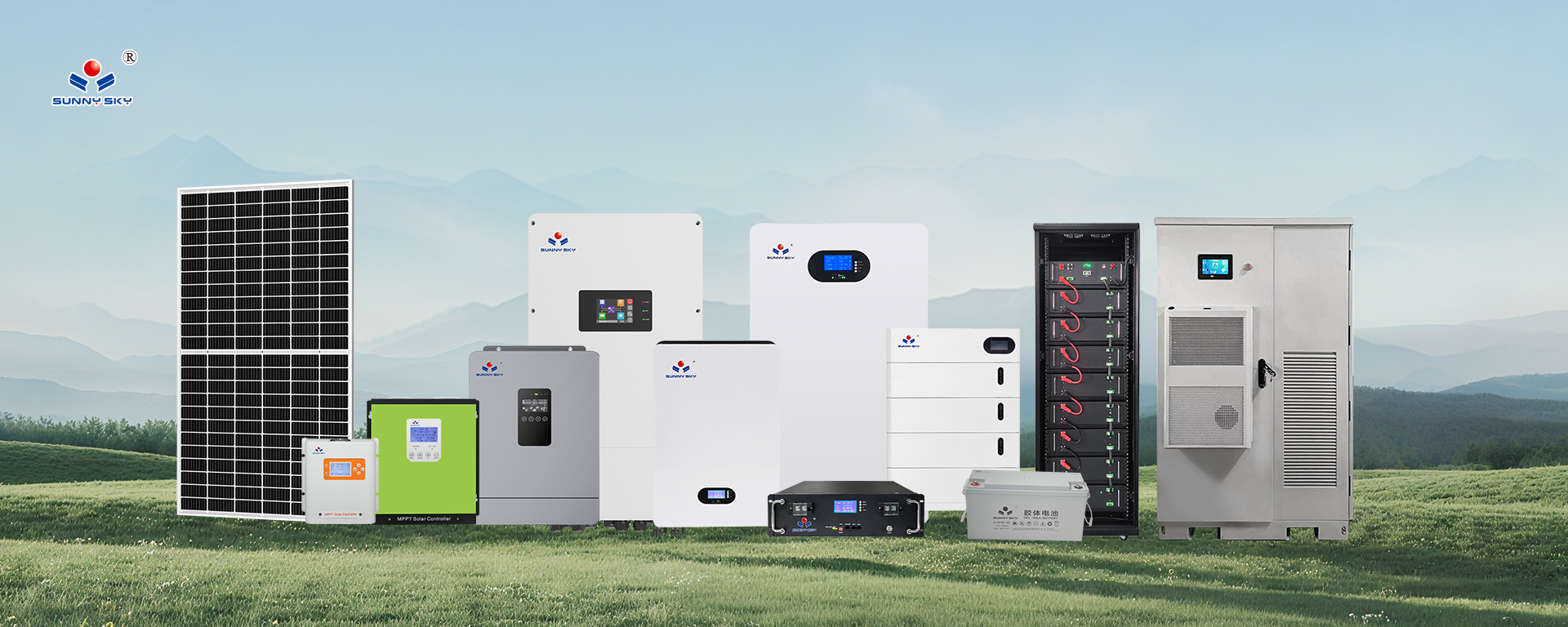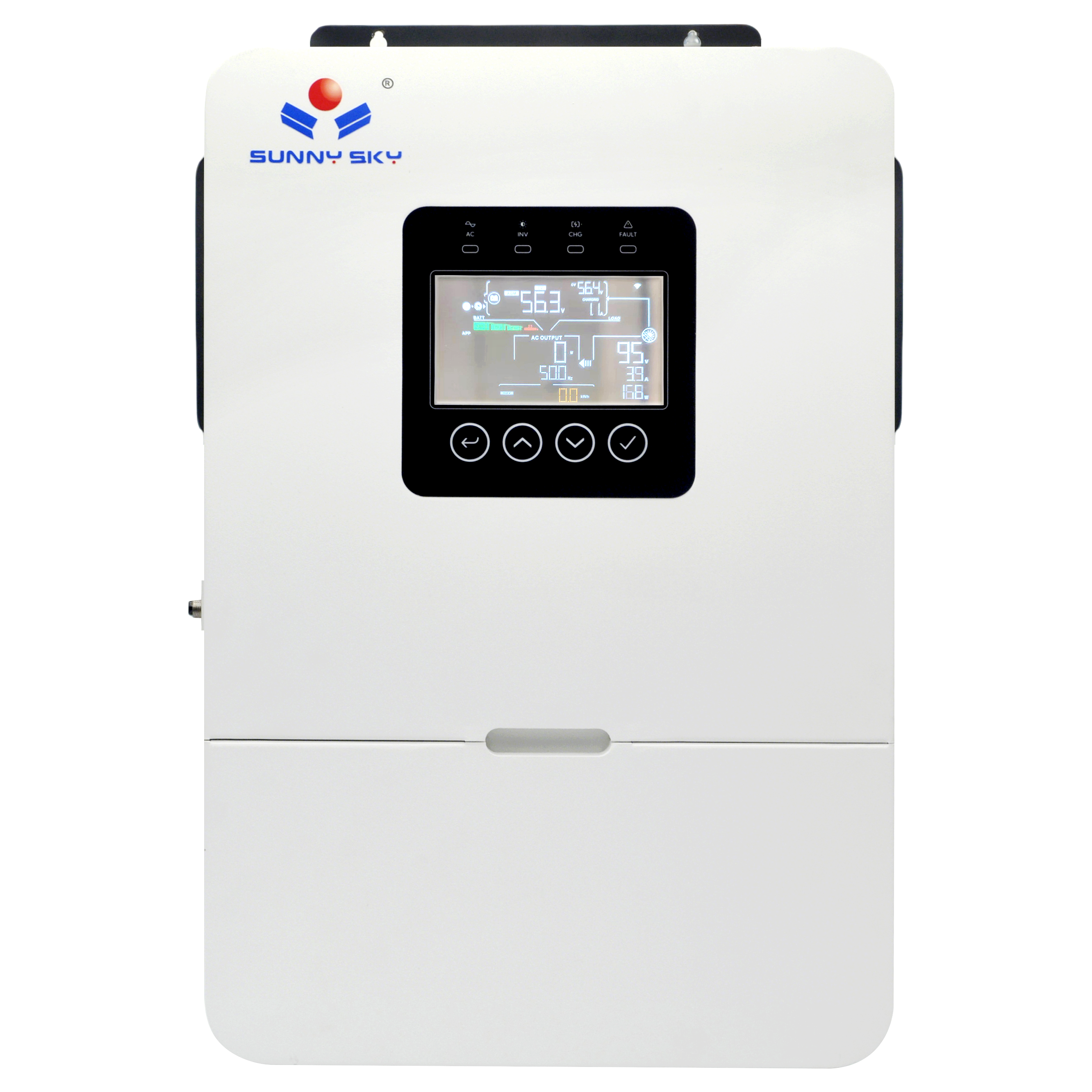Solar inverter technology is rapidly transforming the renewable energy landscape, offering innovative solutions for harnessing solar power efficiently and sustainably. As the demand for clean energy surges globally, solar inverters are at the forefront of this revolution, enabling seamless conversion of DC power from solar panels into usable AC power for homes and businesses. This trend analysis explores key developments in the sector, including advancements in efficiency, hybrid models, and cost-effectiveness, highlighting how these innovations are shaping a greener future.

The Rise of Hybrid Solar Inverters
In recent years, the hybrid solar inverter has emerged as a dominant trend, blending traditional grid-tied systems with off-grid capabilities for enhanced energy resilience. Hybrid solar inverters allow users to store excess energy in batteries, providing backup during outages and optimizing usage during peak demand periods. For instance, products like the Sunny Sky 6KW Hybrid Solar Inverter exemplify this trend by intelligently managing solar input and grid power, ensuring minimal waste and maximum reliability. This approach not only addresses the growing need for energy independence but also supports off-grid solar inverter applications in remote areas. As solar inverter efficiency improves, manufacturers are focusing on integrating smart technologies, making these systems more adaptable and user-friendly. The hybrid solar inverter trend is particularly relevant for home setups, where consumers seek seamless transitions between solar and grid sources, reducing reliance on fossil fuels and lowering carbon footprints.
Trends in Solar Inverter Efficiency and Pricing
Another significant trend is the continuous enhancement of solar inverter efficiency, which directly impacts the overall performance of solar energy systems. Solar inverter efficiency has seen remarkable improvements, with modern models achieving conversion rates above 98%, thanks to advanced materials and digital controls. This efficiency boost is crucial for maximizing solar power inverter outputs, especially in regions with variable sunlight. Concurrently, solar inverter price has become a key factor in market adoption, with prices dropping due to economies of scale and increased competition among solar inverter manufacturers. For example, affordable options are making solar energy inverter technology accessible to more households, driving widespread installation. However, consumers must weigh solar inverter warranty options, as longer warranties often indicate higher quality and reliability. This price-efficiency balance is accelerating the shift towards sustainable energy, with hybrid solar inverter variants leading the charge by offering versatile features at competitive costs.
The Future of Solar Inverters for Home and Beyond
Looking ahead, the evolution of solar inverters for home use is poised to redefine energy consumption patterns, with a strong emphasis on integration with smart home ecosystems. Solar inverter manufacturers are innovating to create devices that not only convert power but also provide real-time data analytics, helping users monitor and optimize their energy usage. This trend towards smarter, more connected systems is evident in products like the Sunny Sky 6KW Hybrid Solar Inverter, which features an intuitive interface for tracking metrics such as battery status and consumption patterns. As off-grid solar inverter solutions gain popularity for their independence from traditional grids, we can expect further advancements in energy storage and management technologies. Overall, these developments in solar inverter technology are fostering a more sustainable world, where solar inverter efficiency and hybrid capabilities play pivotal roles in reducing environmental impact and energy costs. With ongoing innovations, the solar inverter market is set to expand, making renewable energy a practical choice for everyone.







